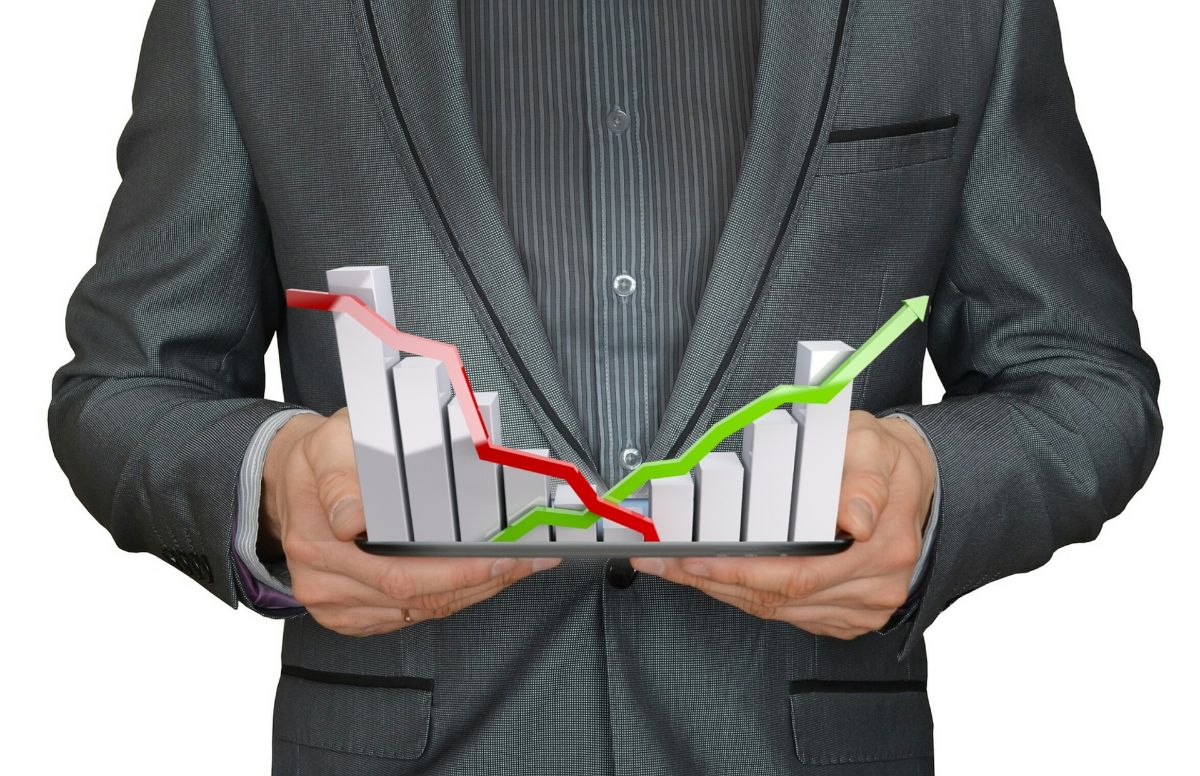
Have you ever heard of the economy for the common good? It is one of the movements that affects not only the economic sphere, but also the political and social sphere.
But what is it? What are its implications? Is it positive or negative? We will tell you everything you need to know about this economic model.
What is the economy of the common good

The economy of the common good can be defined as a economic, political and social model whose main characteristic is to prioritize human dignity, democracy, solidarity and environmental sustainability.
In other words, it is one where its main pillars, and the values it tries to preserve, are dignity, human rights and care for the environment.
Thus, economic interest (earning money) takes a backseat while focusing on social welfare. That is the success of a country, or a company.
If we put it in front of the current economic model, where it is money that prevails and the end that is pursued, here we have a model where it is the person who prevails. The person matters more than the money.
How the economy of the common good arose
The origin of this economic model It took place in 2010 and is attributed to the Austrian economist Christian Felber. In his concept he placed great emphasis on respect for human dignity, mutual solidarity, collaboration and care for the environment.
But this economist has not been the only one who has spoken of the economy for the common good. Elinor Ostrom commented that this model could be conceptualized as the management and planning of the commons so that there are no inequalities. Separating the natural goods from the social ones, he made an approach in which each person had the necessary goods to live and for a society to survive.
What problems would it solve in the current economic model?

As we have told you before, the economy model for the common good It is very contrary to the current model, and it can solve some problems that it has. For example: uterine
- Teach with the premise of the common good in a society where competition, selfishness and standing out from each other currently rule.
- Improve companies, in the sense that they value more the well-being of workers, and the effort they make on the money they earn at the expense of their (sometimes excessive) work.
- End inequalities. In this case, inequality must be limited and the maximum income will not be greater than a multiple of the minimum income. In addition, inheritances will be taxed.
- Eliminate the power of the financial market to make it more democratic, with free checking accounts, encouraging interest rates, etc.
- It would fix the financial instability caused by speculation and capital flows by creating monetary and trade cooperation.
- I would take care of the environment by betting on ethical trade and reducing the ecological footprint.
- The problem that people do not feel identified or represented by those who govern would be eliminated. How? Creating a direct democracy but also a representative one, where citizens can control key areas such as politics or the economy.
Why the economy of the common good is not as "pretty" as they paint it

Despite that this economic model is much more attractive, realistic and perhaps utopian, the truth is that behind all those advantages it offers, there is also a dark side.
In this case, it would be the definition of "good". Nobody has the same conceptualization of it and it is difficult to reach an agreement.
Although this model indicates that the definition of common good will be decided according to a democracy, and according to the majority, we will be imposing on others what the majority thinks. That is, we do not count on your opinion, but only on the number of members.
In addition, private property rights should be eliminated, because everything would be a common good for all. Which would imply that anyone could use what they want, and there could be overexploitation.
Along with this, there is no doubt that the model would not act towards economic growth, but towards a stagnation or even a decrease since if everything is for everyone, nothing would grow, but, as it was exhausted, it would stop being used.
In the words of economist Juan Ramón Rallo: “The Economy for the Common Good is an experiment in social engineering that carries its condemnation to failure in its design. Its three biggest mistakes, as we have extensively developed, are trying to objectify the idea of the common good, thinking that it is possible to coordinate the activity of billions of people by ignoring the price system, and ignoring the ruin that a brutal decapitalization of the economy would entail. derived from the persecution of property (in its two facets: wealth accumulation and control of business management)».
The reality is that we don't know if it would work or not. Or if the approach as well as the principles of the economy for the common good should be improved. But what is clear is that, if done this way, it would be with the possibility of creating a utopian country, only that a solution would be missing to improve its growth.